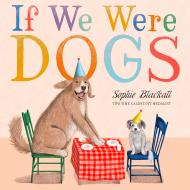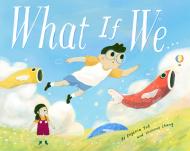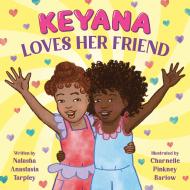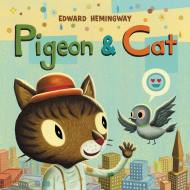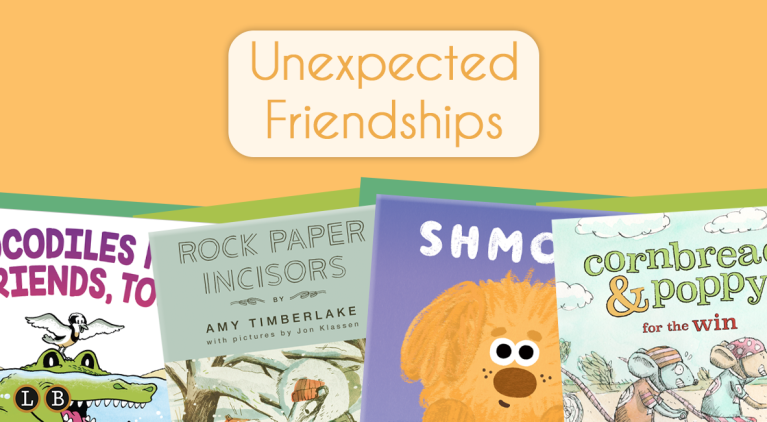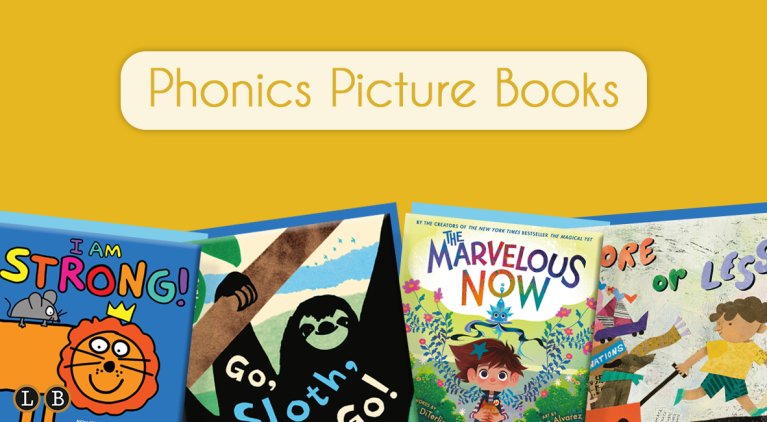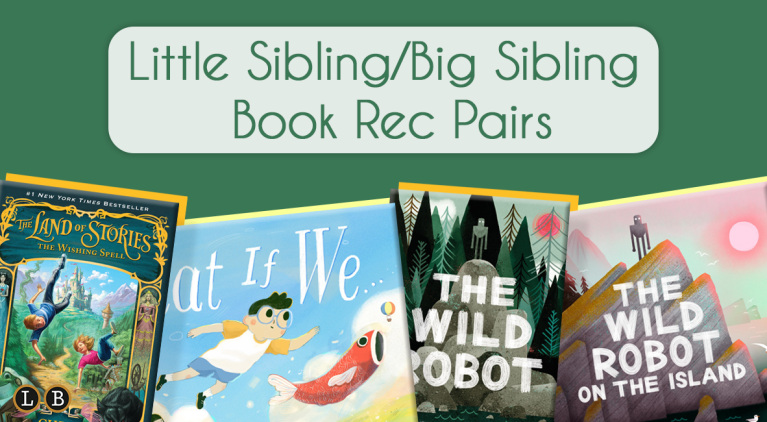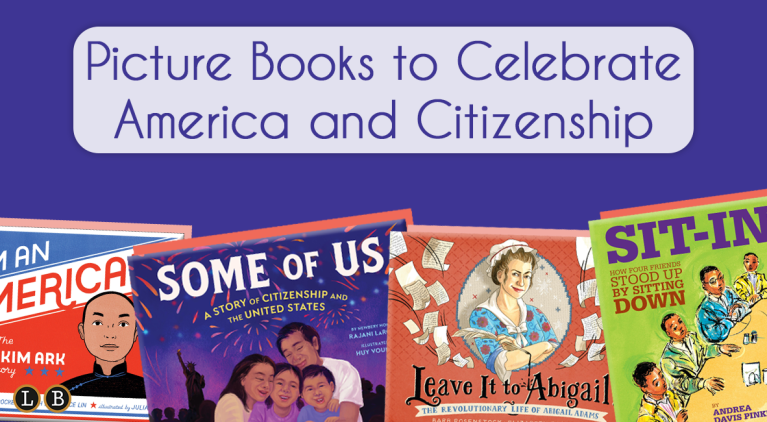
There is so much that makes someone a good friend. They listen, have empathy, respect boundaries, and most of all, the time you spend together makes you feel, well, good! Being a good friend is something we all strive to be, and something we want to teach kids to be as well. These picture books are the perfect reads to show how and encourage your little one to be a good friend!
Playing with your friends is the best! Imaginations running wild, being whoever or whatever you want to be… but sometimes our friends have different ideas than we do at playtime. This story by bestselling author Sophie Blackall explores the challenges of friendship through imaginative play. How a good friend celebrates not only their own creativity, but their buddy’s as well. And when we encourage our friends, the fun grows!
What If We…
by Vivienne Chang
by Eugenia Yoh
Sometimes an amazing friend is right in front of our face, but we can’t see them! While Max is beginning his summer break, he can’t stop imagining how much more fun he would be having somewhere else… His daydreaming though, is stopping him from being present. Could he be missing the most special adventure of them all, and is he missing a person to share it with? This funny and imaginative story highlights the specialness of a sibling bond and reminds readers of all ages that sometimes the best things can be found right where you are.
Keyana Loves Her Friend
by Natasha Anastasia Tarpley
Illustrated by Charnelle Pinkney Barlow
Sometimes, we disagree with our friends, its normal! How we handle the disagreement is what really proves the strength of your friendship. When Keyana is hosting her best friend, Nia, they have a night of fun planned! With games, dancing, and splashing in the pool lined up it looks like it’s going to be the perfect night. But when Keyana and Nia have trouble seeing eye-to-eye things seem to take a turn. The two of them will have to come together to remember just how much they care about each other. This sweet, warm story introduces a fresh lesson on conflict resolution and the importance of friendship.
A Good Deed Can Grow
by Jennifer Chambliss Bertman
Illustrated by Holly Hatam
We have all heard the phrase treat others the way you like to be treated, but how about this: A good deed can grow like a seed…
This picture book takes you through a loving community as they work to create a better world one good deed at a time. Whether planting a garden or visiting a sick friend, picking up litter or playing music at the senior center, kind actions for our friends in the community have a lasting ripple effect. Young or old we can all make a difference in our world, starting with a good deed.
Dragonboy is curious, playful, kind, but most importantly he is himself! With a big imagination he wants to be a dragon, and with his stuffed-animal friends by his side his is always exploring and discovering something new. His kindness, creativity, and adventure all prove that with good friends, you should never need to hide who you are. And that no adventure would be complete without the ones who know him best by his side.
Cat lives all alone in a cardboard box that he leaves only to find food. One day on his venture out into the world he comes across an egg. Far too beautiful to eat, he protects it. From that egg out pecks Pigeon, and an instant connection is formed! Cat is happy to share his home, but when Pigeon flies far away from where they live, Cat must brave the city to rescue his friend. His heartwarming story explores an unlikely friendship, how to give comfort and kindness in small, impactful gestures, and what home truly means.
